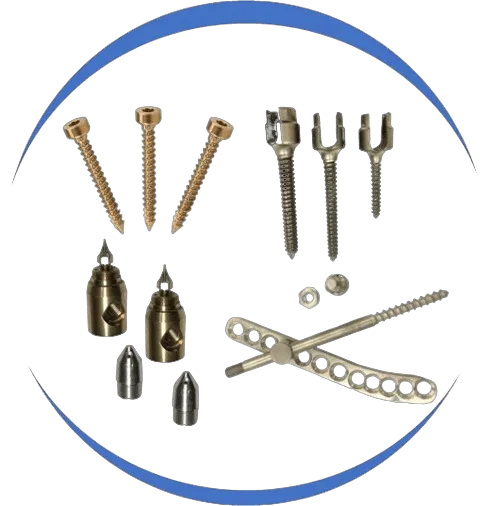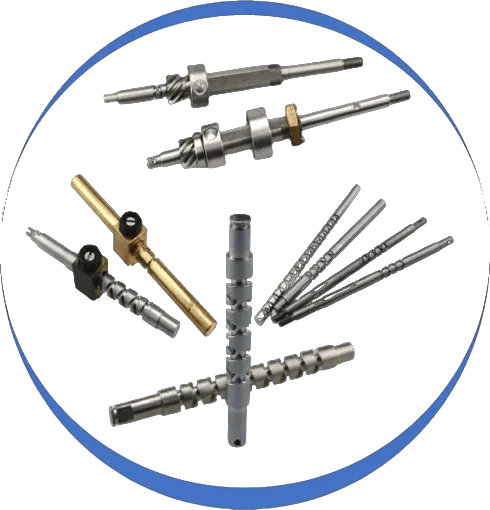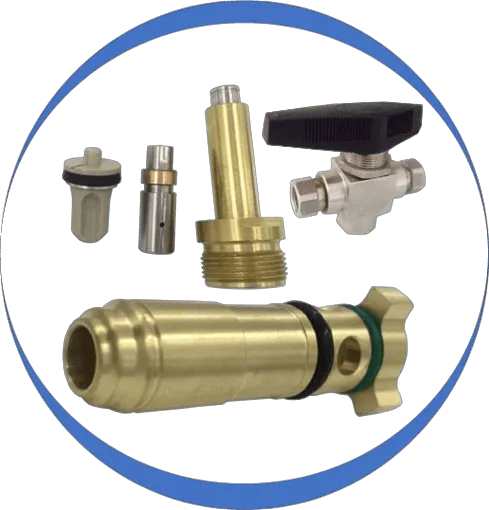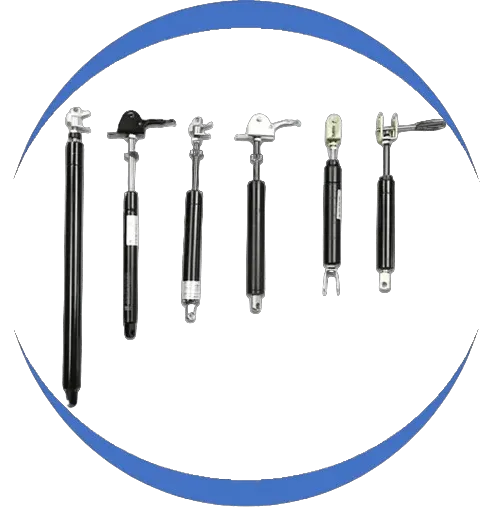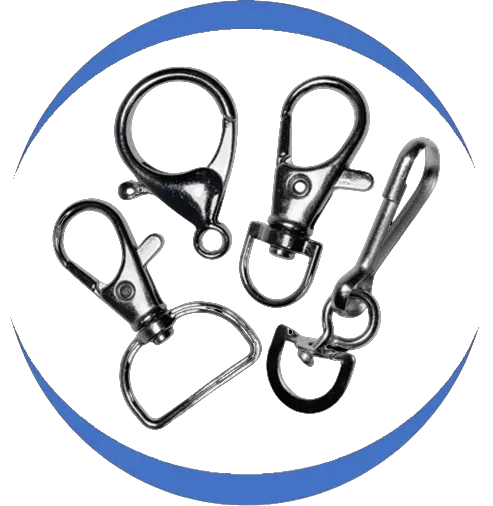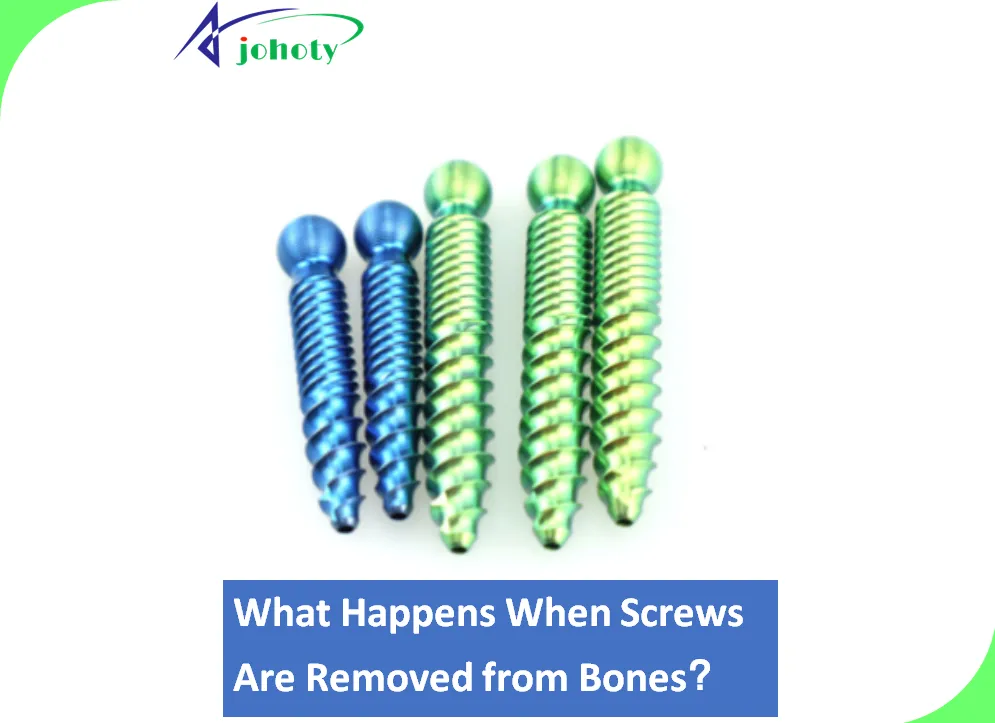Johoty, shaps the future and solutions of top-notch precision hardware. Various precision components stand out as the prime choice from concept to the final product!
Johoty, your best precision hardware partner! We support on-demand production and tailor-made for you! Including CNC parts, medical screws, lead screws, ball valve, pogo pins, pogo pin connector, gas spring, and swivel snap hooks.Your hidden Content 30 years of accumulation in mechanical and electronics, you can get perfect solutions and the best offer.
CNC parts, CNC milling parts, CNC machine parts, CNC turned parts. We tailor to your needs with 0.0005mm tolerance and cost-efficiency. 2~3 weeks lead time and expert ASS.
Medical screws, dental implant screws, Bone screws. Titanium alloys and stain steel for strength, excellent biocompatibility, and corrosion resistance. Affordable tailored screws.
Lead Screw of Various Shapes, Specifications, and Functions. For Customers, It Can Solve Problems, Save Time of Seek, Earn Money, Heavy Load Low Noise, and Good Stability
Ball vale and gas vale, tailored smooth control, ultimate precision, and affordable paramount. Effortlessly turned, efficient, and sleek, steering the future, trustworthy partner.
Pogo pin connector, magnetic connector, pogo pins. Various shapes, pitches, pins, and tailored items for your projects. From prototype to bulky production, fast safe delivery.
Gas springs, gas struts, gas strut end fittings. For cars, furniture, industry, medical. Selectable sizes with OE numbers, tailored to your projects. Work in various conditions.
Swivel snap hooks, badge clips. 30 years of immersion, easily connect and release with high safety, durability, avoiding tangles. Tailored multifunction, fashion, personalities.
WHO IS JOHOTY?
- Johoty Tech, Exceptional Precision Components Manufacturing, is a leading Precision Metal Manufacturer dedicated to delivering exceptional metal products.
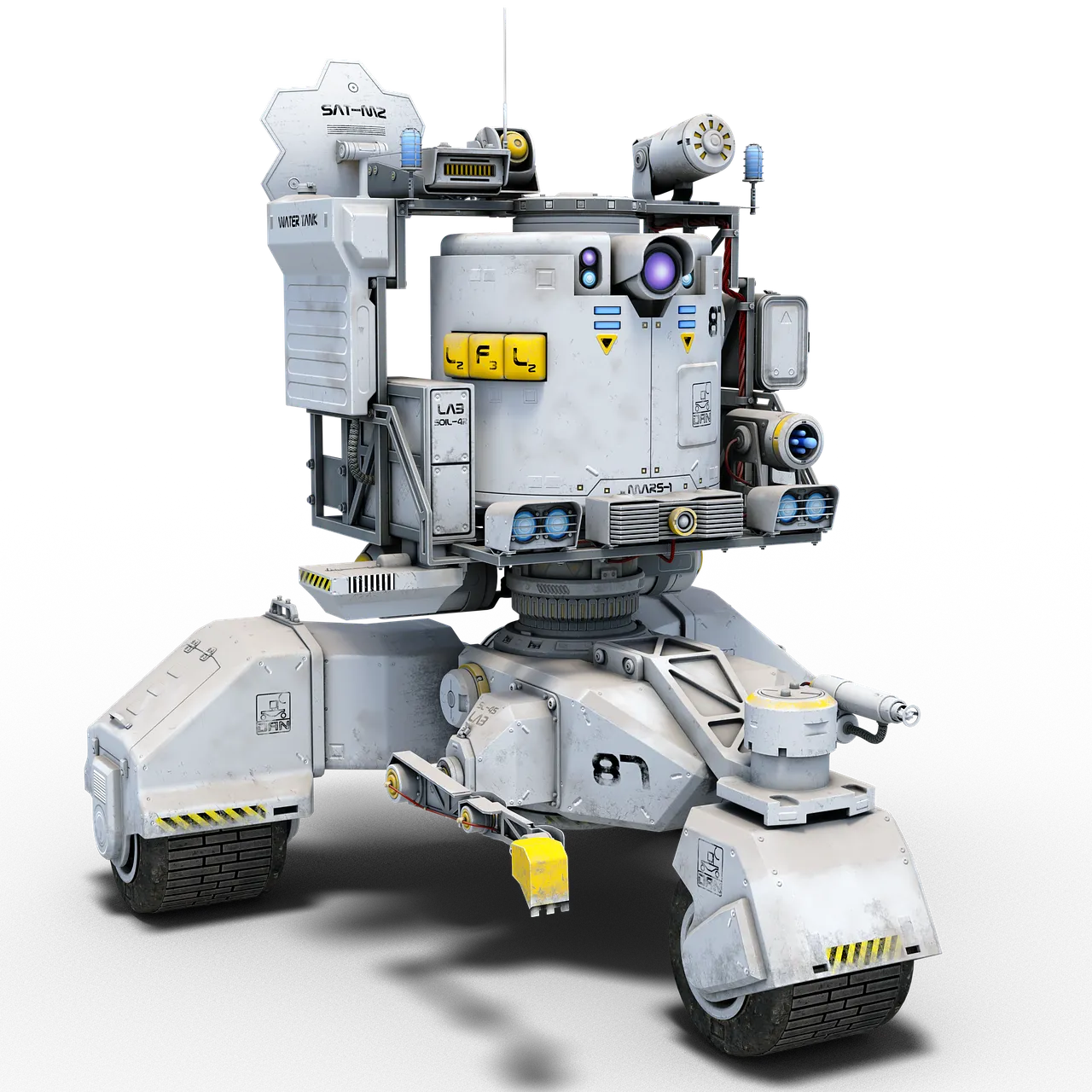
- With our commitment to precision engineering and cutting-edge technology,
- we specialize in crafting high-quality, tailor-made metal components for a wide range of industries.

Johoty Profile
Johoty Technology originated from a family-owned hardware company established in 1987,
Background
Johoty, the company of precision components is led by Electronic TE, Electronic R&D, Mechanical R&D, Mechanical PM, Six Sigma Black Belt, International Trade & Logistics, and Chinese Customs Specialist.
Philosophy
We do our best to solve various problems, help our customers save time and money, help our customers earn money, and send congratulations to our customers for success in solving problems.
Positioning
Johoty’s business is to provide various precision components, from popular to high-end boutiques, through our website www.johoty.com, and our customers’ help.
Mission and Vision
Our mission is to grow as a world-class supplier of precision components, help solve each problem, work out each effective solution, and find out what our customers ask Johoty to get.

Johty Values
- Adhere to the principle of good quality and cheap. Integrity, respect, proactive, quality, innovation, cooperation and win-win, customer-oriented, and promote the innovation and enhancement of products and services.
Development Plans
- Johoty will continue to promote the Johoty brand, and continuously improve the quality of our products and services. Rapidly provide better products and services to customers.
- At the same time, gradually realizing the personal plans of each employee, and earning a completely worry-free life for them.
Certificates
- High-tech Enterprise, ISO9001, ISO14001, ISO45001, QC080000,ISO13485, ISO/TS16949
Johoty Strengths?
Quality of Johoty
- Overall TQM at Johoty:
- 20 years of precision components R&D,
- 10 years of QA led by Six Sigma Black Belt,
- 15 years of production with a background in R&D,
- 15 years of PM based on electronics, mechanical, and Six Sigma,
- 20 years of FAE, as well as highly stable production workers.
Price of Johoty
- Complete supply chain from CNC, turning, milling, electroplating, assembly, inspection, and package.
- At Johoty, First pass yield is >95%,
- RTY is >90%, OEE is >91%,
- We can minimize the production cost based on TQM, and TPM with Cpk of >1.3 and DMMP of <400.
Delivery of Johoty
- Effective production process, TQM, and complete supply chain, which ensures getting rapidly finished goods.
- At Johoty, 20 years of international trade and logistics,
- as well as a senior Chinese Customs expert, who ensures a fast and smooth delivery.
Services of Johoty
- CFT team focuses on providing customers with professional services,
- ASS team focuses on after-sales services.
- All of us can always provide our customers with professional services and can win customers’ satisfaction.
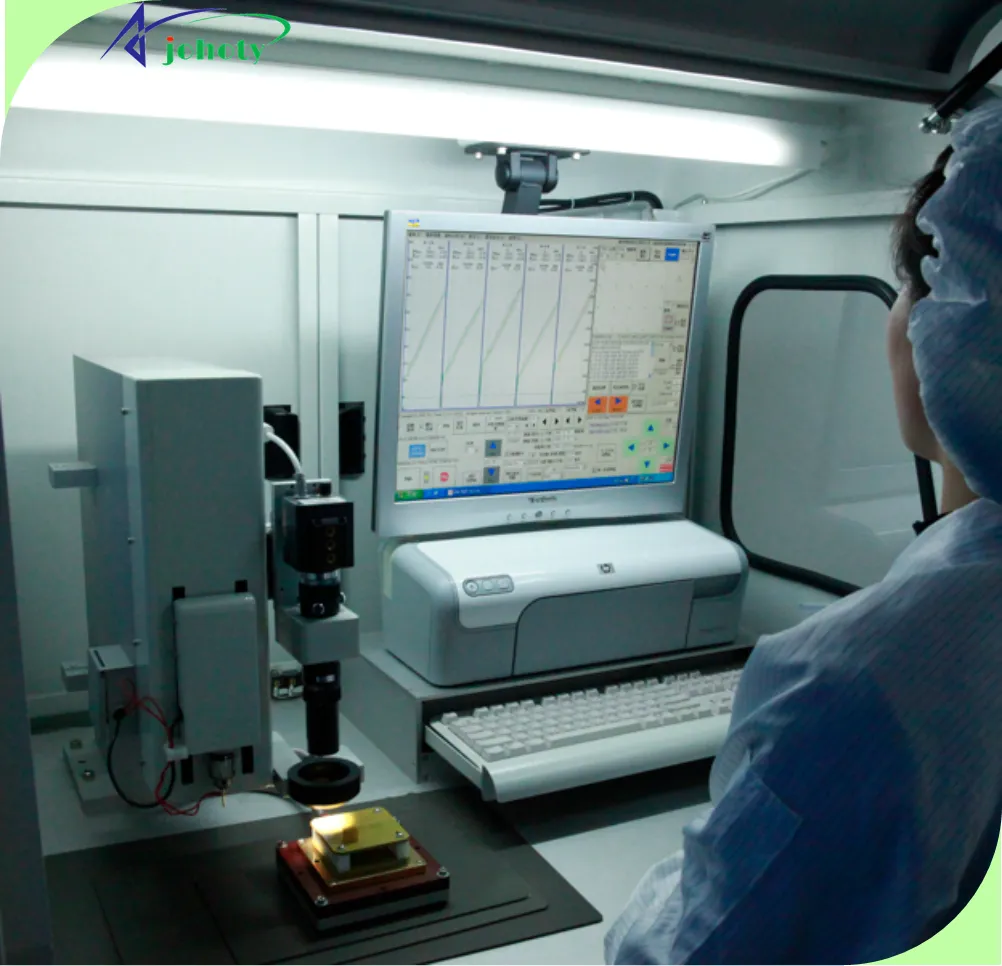
What Johoty Provides You?
Precision Components, Precision Products, Medical Implants. Lead Screw, Pogo Pins, Pogo Pin Connector, Magnetic Waterproof Connector. Gas Springs, Snap Hook, Badge Hooks, Lobster Clasp. Customization.
Who are Our Customers?
Factory and company owners, R&D heads, R&D engineers, purchasing heads, buyers. NPI heads, NPI engineers, Process heads, and Process engineers from all over the world. Who are looking for precision hardware products. Sure, Johoty welcomes all friends.
- Johoty Story. Some feedback from foreign customers, many domestic suppliers fail to understand the technical info sent by the R&D in electronics, or can’t meet the expected results before customers start to do tests or DOE, and thus can’t design and produce all kinds of precision components that customers want to get indeed.
- For example, the pogo pin material is brass, and its outer diameter is only 1.27mm, how to realize a continuous 25A high current?
- For example, how do customers believe that rating current will be able to pass the desired current value before they place an order?
- Although there will be a 100% full inspection before shipment, we always simulate it based on our strong electronic R&D and software development, finally, customers believe that we can realize it and meet targets.

What can Johoty Do?
- Johoty can provide customers with various best precision components, and help seek for what customers want to get occasionally.
Quality
- For precision
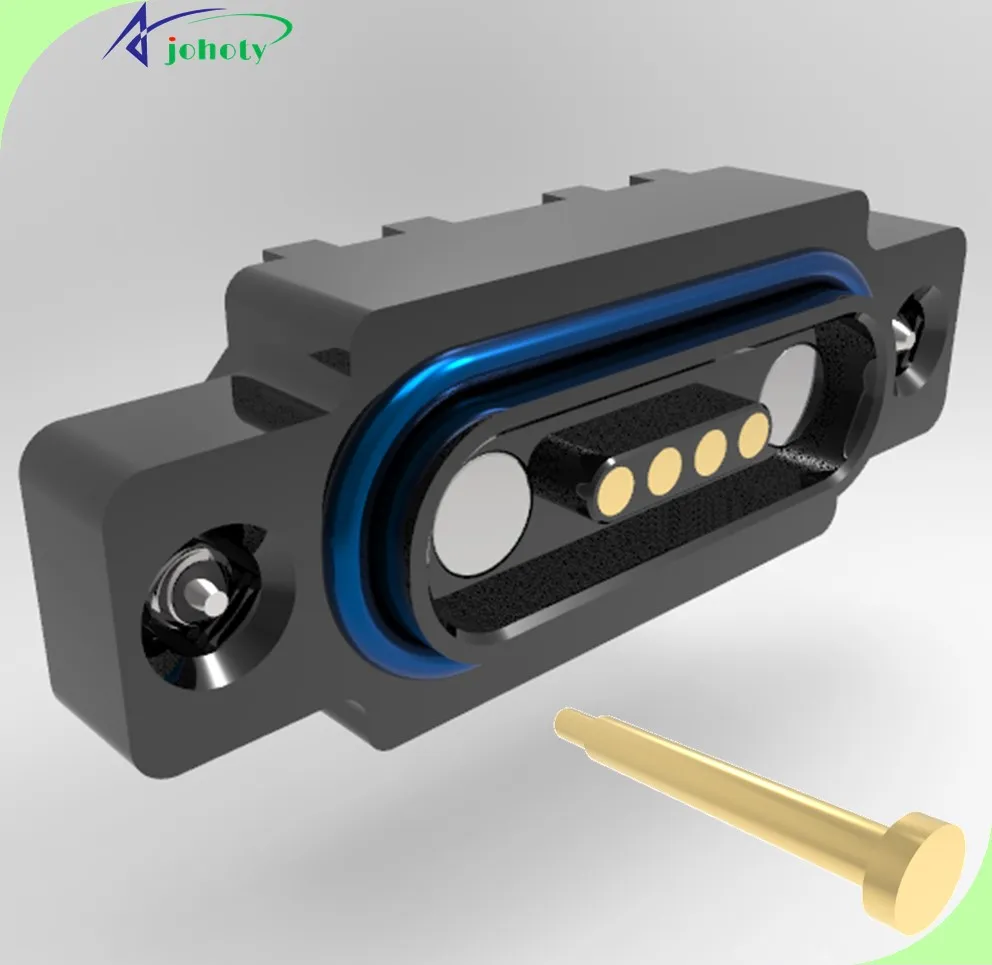
- components provided by Johoty, all are fully inspected before shipment to ensure high consistency in every batch.
- For products from third partners, we double-check based on product specifications and replace them without any excuses, when any faults are found.
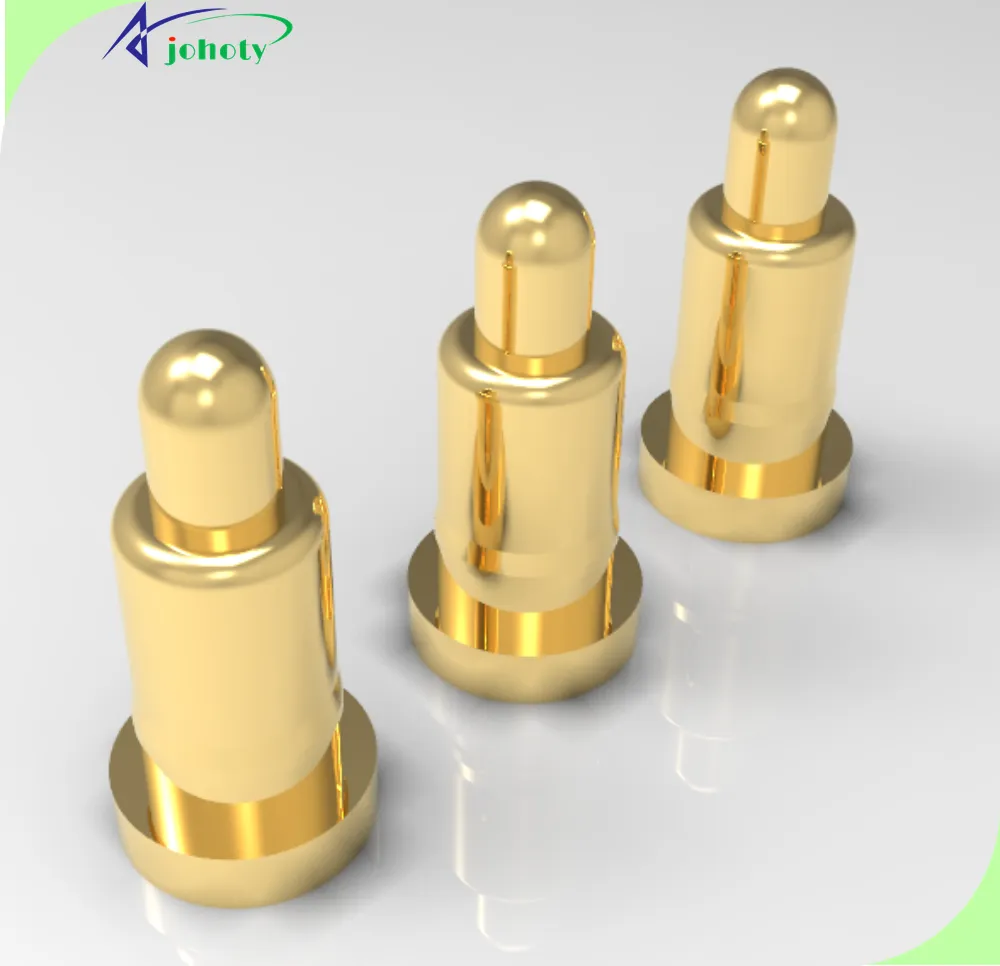
Price of Johoty
The best offer is based on the highest quality, and, different price is based on different order volumes. Lower offer, higher volume. We always provide a laddered quote. We also offer prices of different quality levels for different applications. Price is optional for customers.
Services of Johoty
Johoty can provide perfect technology solutions for customers besides high-quality precision components, timely updates to customers about the latest status, and optimal logistics routes and freight rates.
Delivery of Johoty
Johoty always proposes selectable delivery for customer reference, including freight rates, and transportation time, as well as air, sea, train, and truck, and common air delivery includes DHL, FedEx, UPS, TNT, and EMS. Also, we send the packages to customer’s designed location.
Features. Diameter is >0.12mm, length is >1.39mm, the pitch is >1.0mm, the spring force is >15gf, contact resistance is >15mΩ, rating current is <600A, working stroke is >0.15mm, working Temperature:-30℃~+80℃. Salt spray: 72h, 96h, 120h, 144h.
Waterproof IP65, IP66, IP67, IP68. Color: silver, golden, black, grey, white, blue, orange, green, customize. Materials: brass, Becu, SUS, titanium, etc. Customization.
Advantages. Cost Saving, improving user experience, high mechanical life cycle, high accuracy, high durability, high stability, wear and tear resistance, can be small batch, rich applications.

Why Can Johoty Do?
- Because we can help solve customers’ problems, can help save time, brainstorming, and money, and can help earn money. It is very convenient to do business with Johoty.
- Quality. We have not received complaints
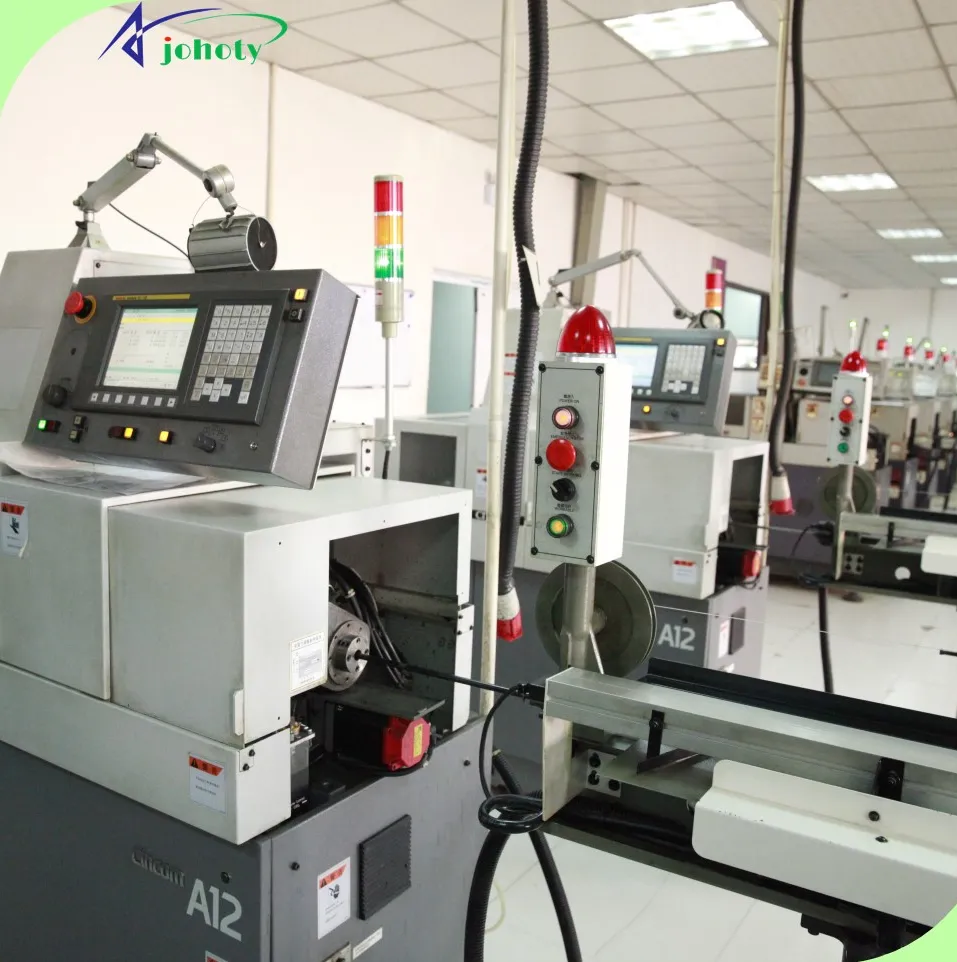
- from our customers due to poor quality, because our Six Sigma Black Belt quality team can effectively control product quality by implementing TQM.
- Most importantly, all of us have the TQM concept to prevent quality accidents as much as possible and detect each problem.
Price
- Johoty knows good quality must be based on affordable prices. We hope to do long-term business with our customers.
- Based on sufficient design time and the spirit of craftsmanship, we design perfect products.
- With the concerted efforts of IE, PE, and production departments, we can minimize product costs and provide customers with the most competitive offer.
Service
- It is an integrated experience. Reflects Johoty CFT team’s communication smoothness with customers,
- It reflects the overall coordination between our CFT team and factory R&D, FAE, FIN, production plan, QA, supply chain, IE, PE, ME, production, warehouse, ship, and ASS.
- Johoty Factory always fully supports CFT, which always provides our customers with the best services.
Delivery
- Because we have a ship team with 20 years of international logistics, customs clearance, and expertise in Chinese Customs affairs.
- The ship team can fully support our customers together with the CFT team and can provide our customers with the best delivery.
- That is also one of the reasons why pretty many customers choose Johoty.

How Does Johoty Do?
We present how Johoty can achieve our high quality, best price, professional service, and good delivery, based on just design assessment, risks assessment, DFM, FMEA, and Cpk process analysis.
Quality: – Design of Johoty
Double-check 60 items according to the design assessment to ensure the drawing is perfect.
- Can design specifications of Mechanical and Electronics meet customer’s requirements?
- Are materials environmentally friendly?
- Whether or not the design fits the customer’s application?
- Double check mechanical dimensions and sizes, for example, bias is ±3°, holding force 100N, etc.
- Surface roughness is Ra 0.8?
Quality: – Risks
Johoty always implements quality risk assessment, including:
- Alignment with the customer on the same acceptance,
- Strictly implement FAI, IPQC per 2 hours,
- QC based on AQL0.4,
- Strictly implement IQC, IPQC, FQC, OQC,
- Strictly implement IQC, IPQC, FQC, OQC,
Quality: – DFM
Studies the manufacturing and assembly of our precision components, improves the quality, and reduces the cost.
- Confirm dimensions, sizes, and tolerance,
- Part thickness analysis,
- Confirm layout,
- Confirm surface pavement, color, and delicacy, etc,
- Confirm cavity arrangement
Johoty Quality: – DFMEA
Assesses the design risks of function, performance, compliance, special requirements, repairability, usability, etc
- Can’t go through the rating current.
- Solutions: a) improve roughness up to Ra 0.2, b) change the slope to 12°,
- Unstable contact resistance.
- Solutions: a) change to bias to improve contact force, b) increase coating thickness.
- Unstable contact resistance.
- Solutions: a) change to bias to improve contact force, b) increase coating thickness.
- Assembly bending.
- Solutions. a) re-design assembly fixture, b) adjust the deviation of hole position.
- Surface oxidation.
- Solutions. a) increase coating thickness from 3u” to 5u”
Johoty Quality: – PFMEA
Johoty assesses the process risks of purchasing raw materials, producing parts, assembly, moving, delivery, shipment, etc
- Missing inspection of key dimensions.
- Solutions: a) retrain SOP, b) full inspecting cosmetic, c) FQC
- Missing inspection of surface knifing.
- Solutions: a) retrain SIP and SOP, b) fully inspect cosmetics, c) FQC
- Missing inspection of scratched, plating peeling.
- Solutions: a) retrain SOP as well as SIP, b) fully inspect cosmetics, c) FQC
- Missing inspection of crush.
- Solutions: a) retrain SOP, b) full inspecting cosmetic, c) FQC
- Insufficient packaging.
- Solutions: a) training self-inspection, b) IPQC
Quality: – Cpk
Johoty study process capacity indicator of high order volume, the request is to get a Cpk of >1.33 or above.
- Formular. Cpk=min{(usl-mean)/3δ, (mean-lsl)/3δ }
- 3δ (Cpk is ≥1.33) is required at least,
- 3δ percentage is 93.32% for FPY, DPMO is 66810,
- Our Cpk is 5δ or above, and DPMO is <400 for shipment.
- Our Cpk target is 6δ, DPMO is 3.4

Price of Johoty
How do we do it? or how to achieve it? it is a very professional knowledge and testing method. For our customers, it is better to ultimately reflect in excellent quality and competitive prices. and, we can do it, that is, we can provide our customers with the best price based on our professionalism and capacity.
Services of Johoty
Johoty CFT team receives your requirements, and serves you all the moment, including technical discussion, best price, lead time, production follow-up, quality control, logistics, timely sending the latest status to customers, and so on. Johoty CFT team will make customers easy, worry-free, and comfortable.
Delivery of Johoty
Johoty’s logistics team can ship all packages to our customers at the lowest delivery fee in the shortest time.
Customer Cases?
Quality Requirements.
- A US customer sent Johoty a few pogo pin samples, requesting the design of pogo pins that are continue stabilized at a high current of 25A for over 3 minutes,
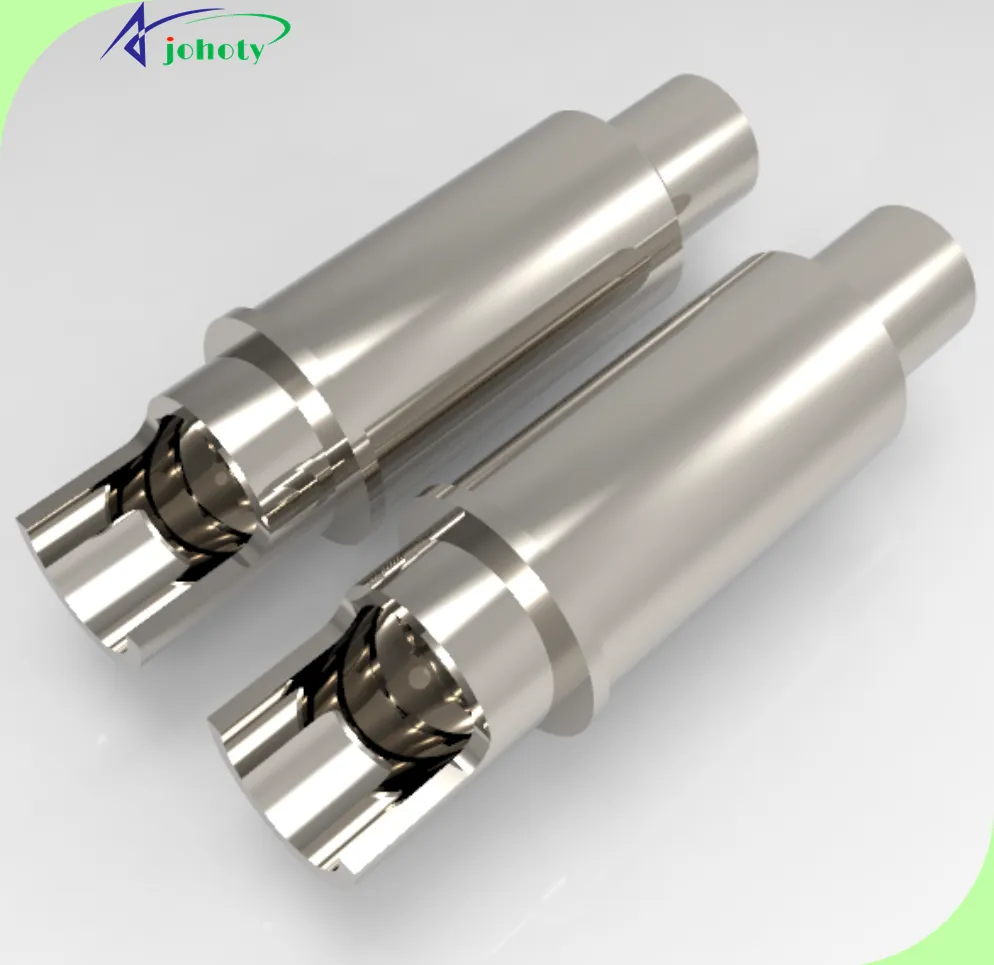
- The pogo pin shape is a solder cup type. The spring force is 150gf.
Price Requirements.
- A higher price is acceptable for sample orders but will have to be restored to normal price when requesting mass production goods.
Services–Analysis
- Based on analyzing the pogo pins samples, the current size (go through only φ1.3mm plunger), and the material of brass,
- It is almost impossible to pass a high current of 25A, much less get a continuous and stable high current of 25A.
Services-Study
- Based on our design experiences, brass can’t meet the target at all, suspected BeCu is okay.
- So, we adopted 2 steps, the first was to estimate BeCu rating current by simulation software based on the dimensions of samples, the preliminary conclusion is okay.
DOE
- The second was to test the temperature rise of new samples, that is, we produced a few new samples made of BeCu,
- And found each sample can go through 25A for 3 minutes, or 30A in short seconds, and the temperature raise is less than 20℃.
Service of Johoty
- We proposed customer the drawing with the new material of BeCu and attached all studies and DOE.
- Finally, we got approval from the customer and helped the customer produce 50pcs samples, as well as mass-production goods later.

Delivery of Johoty
We sent the 50pcs samples to our customer by DHL. Lead time is 3 weeks. Sure, our customer was very satisfied with the samples, mass-production goods, and Johoty.
Johoty Services, Solutions?
Quality Requirements.
- A French customer sent us an uncompleted 3D of 6pin connector, including 5pcs short pogo pins, 1pcs long pogo pin, and 1pcs housing.
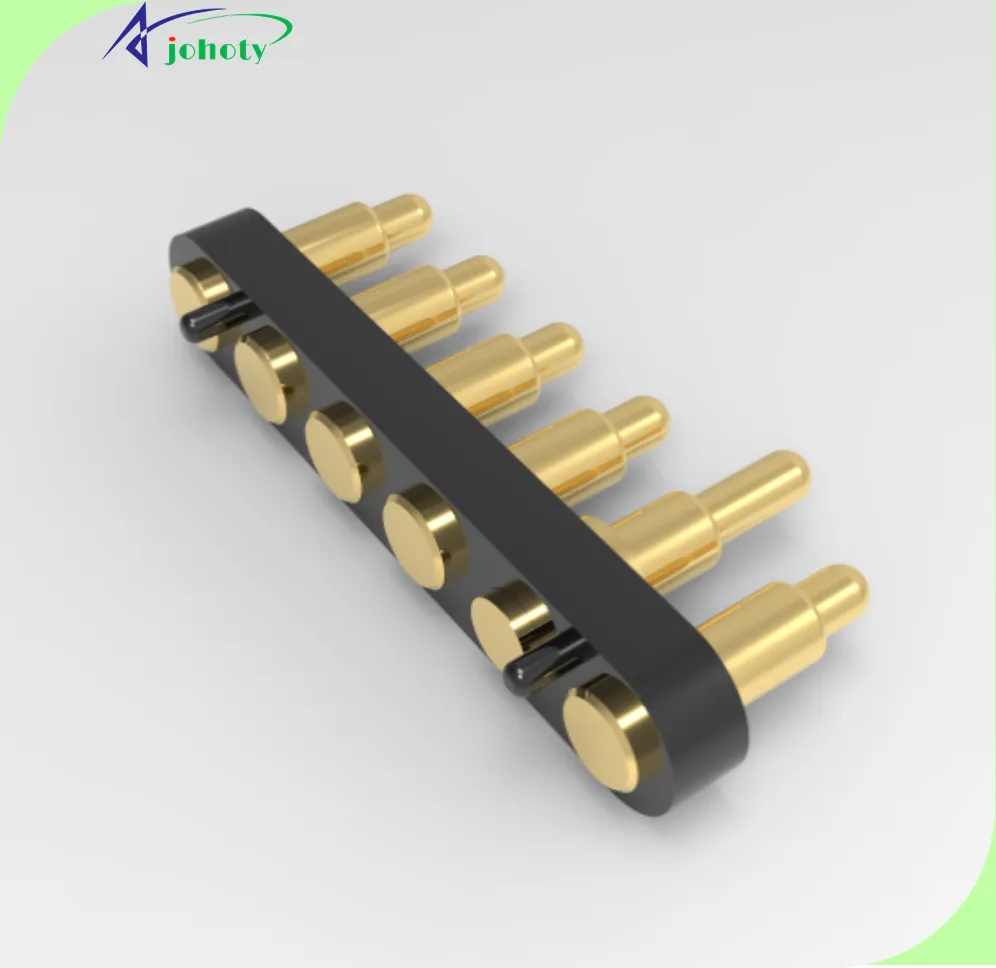
- The request was to assemble a total of 6 pogo pins into the housing.
- The current problem was that the customer couldn’t fit in it 3D at the current size,
- and it would be potentially unproductive to hardwire it.
Analysis
- We found the 6-pin connector was difficult to assemble well based on current dimensions.
- We tried to fine-tune the barrel size of the pogo pins and the inner hole diameter of the housing in the change of 0.1mm basic.
Study
- Because barrel OD was φ1.80 mm for the long pogo pin, φ1.50mm for the short pogo pin, and, the thickness from the inner wall to the outside was only 0.28mm for the long pogo pin, which had potential risks of breaking the housing,
- At the same time, sufficient plunger OD was required of the long pogo pin for its actual application. That is, it was not good to greatly reduce φ1.80mm yet.
Service
- We suggested customer a 0.4mm thickness from 0.28mm for the long pogo pin, which would securely hold the long pogo pin without any production risks.
- Finally, we got the green light from the customer to finalize the drawing.
Price Requirements
- Johoty always provides affordable prices, and, he is our long-term customer.
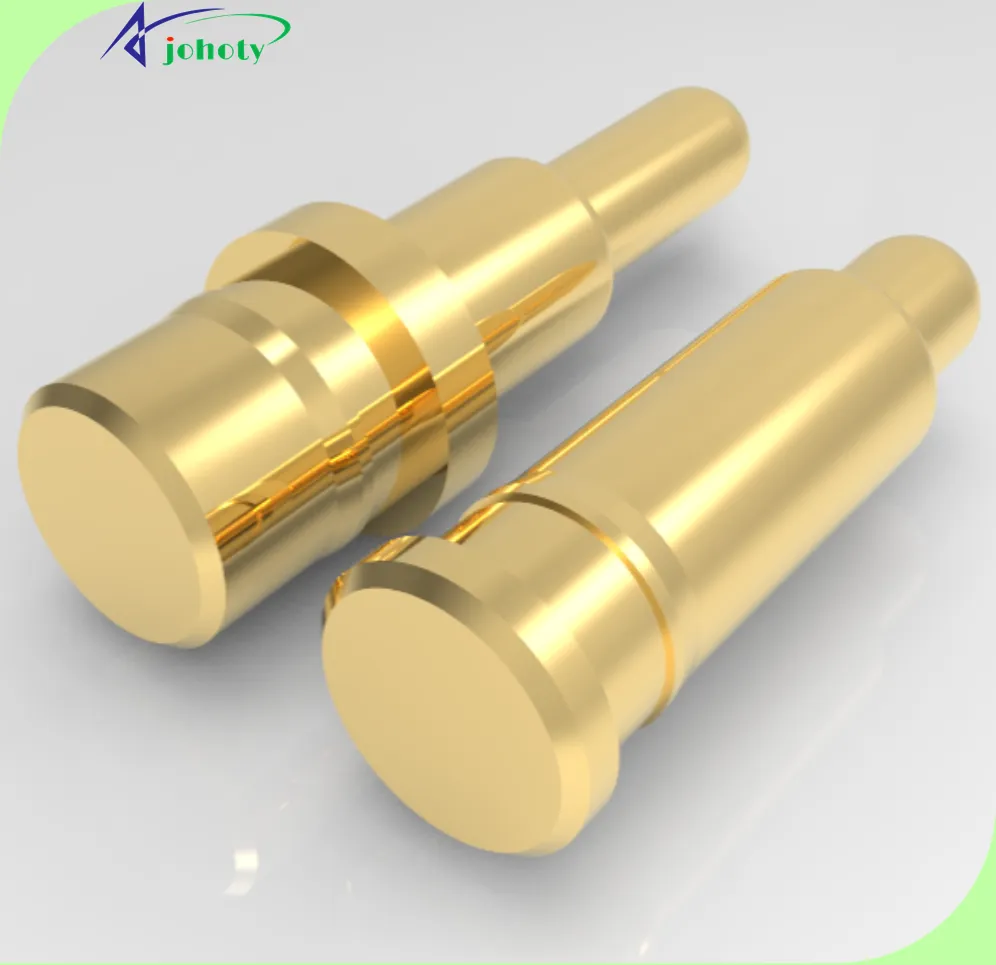
Delivery of Johoty
- It is very simple.
- We ship 200 sets of samples to the customer by the customer’s DHL accounts.
Frequently Asked Questions
Johoty Answers: an offer is based on a finalized drawing, if not, customers need to send us 2D, and 3D, samples, your requirements, including mechanical dimensions & tolerance, electronic parameters, environment requirements, applications, etc. Johoty’s CFT team will send you the best offer in 24 hours.
Johoty Answers: Yes. We can provide the best offer based on our complete supply chain, excellent facilities, LEAN manufacturing, TQM and TPM, and so on. We prefer to do a long-term business.
Johoty Answers: MOQ is based on your actual demand. No obvious limit on MOQ, a few, a few dozen, or a few hundred, it’s all right. Most customers ask Johoty for 50pcs samples first for a trial run before ordering mass production goods.
Johoty Answers: Air, Sea, Train, or Truck. For air, optional for DHL, FedEx, UPS, TNT, and EMS. Customers will select the best! Johoty can also handle the full logistics and delivery well to our customers. It is also possible for us to deliver to a specific location depending on the customer.
Johoty Answers: Sample is 2~3 weeks, bulky goods is 3~4 weeks. We will update customers timely about the latest status for special complex finished goods.
Johoty Answers: T/T, PayPal. Prepayment, paid in full before shipment.
FAQ
Johoty Answers: Five-shaft CNC and six-shaft CNC, Design Assessment, DFM, DFMEA, PFMEA, Cpk process analysis, QA team led by Six Sigma Black Belt. Complete supply chain, stable production workers, ISO9001, and so on.
Johoty Answers:
- Customer Requirements,
- Finalized Solutions and Drawings,
- Best Offer,
- Issued Order,
- PI or CI,
- Prepayment,
- Productions,
- Pay in Full before shipment,
- Shipment,
- FT and ASS follow up.
Johoty Answers: E-mail, WhatsApp, Skype, Telephone. Very convenient to contact us. Welcome you!
Johoty Answers: Yes
Besides 600A high current pogo pins, we can also provide you with 500A, 300A, 200A, 100A, 30A, 25A, or more, variously shaped parts, and non-standard pogo pins, welcome to customization.
Johoty Answers: Yes. the strong waterproof level is IP68, we can do it. The strong magnet material is N52, we can do it.
Johoty Answers: No, Johoty is not a financial company, Johoty is just a private manufacturer, solution supplier, and precision components exporter.


